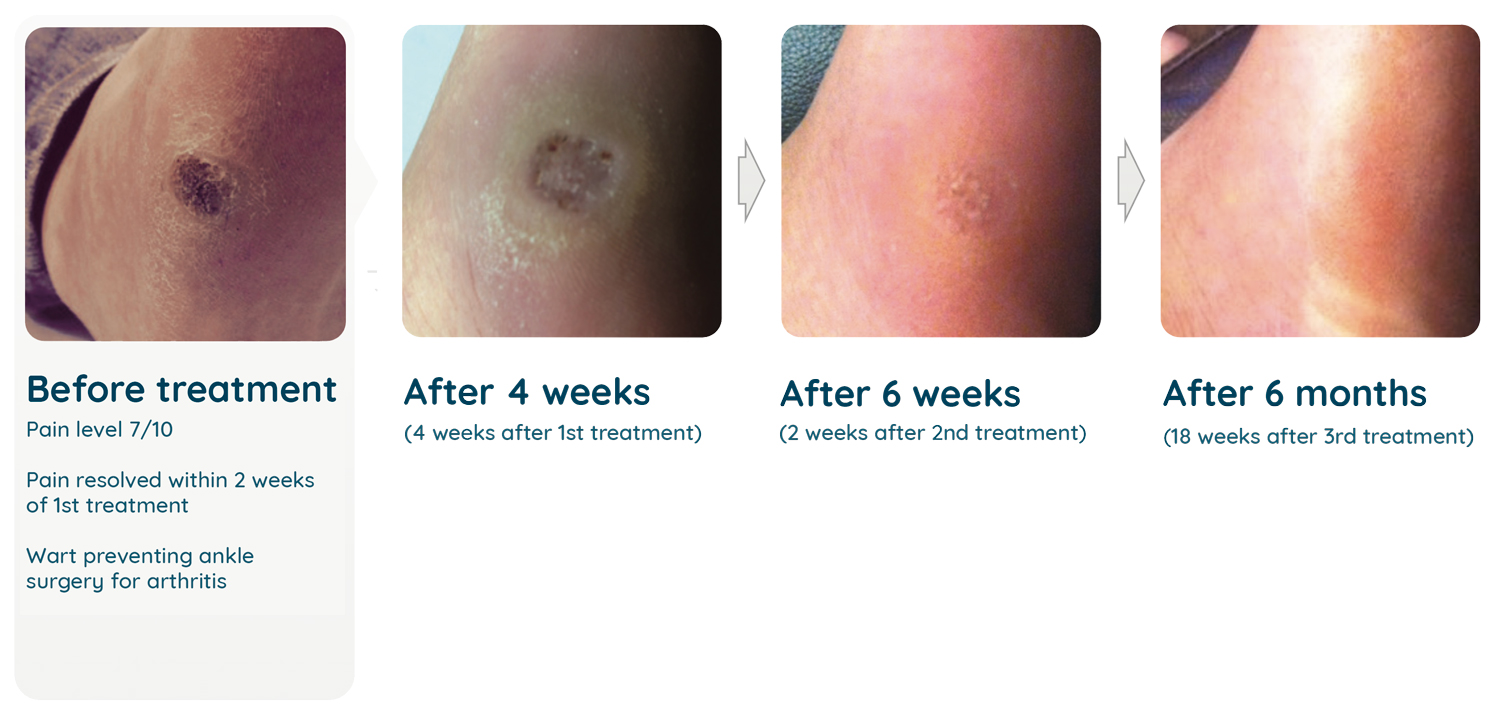Ulcers After Tooth Extraction

The extraction of a tooth can be a straightforward procedure, but it’s not uncommon for complications to arise. One such complication is the development of ulcers after tooth extraction. These ulcers, also known as socket ulcers or alveolar ulcers, can be painful and may prolong the healing process. Understanding the causes, symptoms, and treatment options for ulcers after tooth extraction is crucial for promoting healing and minimizing discomfort.
What are Ulcers After Tooth Extraction?
Ulcers after tooth extraction are open sores that develop in the socket where the tooth was removed. They can be caused by a variety of factors, including infection, poor oral hygiene, or trauma to the site during the extraction procedure. In some cases, ulcers may be a sign of an underlying condition, such as a weakened immune system or a nutritional deficiency.
Causes of Ulcers After Tooth Extraction
Several factors can contribute to the development of ulcers after tooth extraction. Some of the most common causes include:
- Infection: Bacteria can enter the socket and cause an infection, leading to the formation of an ulcer.
- Poor oral hygiene: Failing to keep the mouth clean after tooth extraction can lead to the accumulation of bacteria and debris, increasing the risk of ulcer development.
- Trauma: Trauma to the site during the extraction procedure can cause damage to the surrounding tissue, leading to ulcer formation.
- Smoking: Smoking can reduce blood flow to the area, slowing down the healing process and increasing the risk of ulcers.
- Nutritional deficiencies: Deficiencies in vitamins and minerals, such as vitamin C and zinc, can impair the healing process and increase the risk of ulcers.
Symptoms of Ulcers After Tooth Extraction
The symptoms of ulcers after tooth extraction can vary depending on the severity of the condition. Common symptoms include:
- Pain: Ulcers can be painful, especially when eating or drinking.
- Swelling: The area around the ulcer may become swollen and tender.
- Redness: The ulcer may appear red and inflamed.
- Discharge: A foul-tasting discharge may be present.
- Bad breath: Ulcers can cause bad breath due to the accumulation of bacteria.
Treatment Options for Ulcers After Tooth Extraction
Treatment for ulcers after tooth extraction typically involves a combination of self-care measures and professional interventions. Some common treatment options include:
- Antibiotics: Antibiotics may be prescribed to treat underlying infections.
- Pain management: Pain relief medications, such as ibuprofen or acetaminophen, can help manage discomfort.
- Oral hygiene: Practicing good oral hygiene, including rinsing with salt water and avoiding strenuous activities, can help promote healing.
- Topical treatments: Topical treatments, such as applying a topical antibiotic ointment or using a mouthwash containing chlorhexidine, can help reduce bacterial loads and promote healing.
- Surgical intervention: In severe cases, surgical intervention may be necessary to remove dead tissue and promote healing.
Prevention is Key
Preventing ulcers after tooth extraction is crucial for promoting healing and minimizing discomfort. Some ways to prevent ulcers include:
- Practicing good oral hygiene: Keeping the mouth clean and free of bacteria can help reduce the risk of ulcers.
- Avoiding smoking: Smoking can reduce blood flow to the area, slowing down the healing process and increasing the risk of ulcers.
- Eating a balanced diet: Eating a diet rich in vitamins and minerals, such as vitamin C and zinc, can help promote healing.
- Avoiding strenuous activities: Avoiding strenuous activities, such as heavy lifting or bending, can help reduce the risk of trauma to the site.
What are the common causes of ulcers after tooth extraction?
+Common causes of ulcers after tooth extraction include infection, poor oral hygiene, trauma to the site during the extraction procedure, smoking, and nutritional deficiencies.
How can I prevent ulcers after tooth extraction?
+Preventing ulcers after tooth extraction involves practicing good oral hygiene, avoiding smoking, eating a balanced diet, and avoiding strenuous activities.
What are the symptoms of ulcers after tooth extraction?
+Symptoms of ulcers after tooth extraction include pain, swelling, redness, discharge, and bad breath.
How are ulcers after tooth extraction treated?
+Treatment for ulcers after tooth extraction typically involves a combination of self-care measures and professional interventions, including antibiotics, pain management, oral hygiene, topical treatments, and surgical intervention.
In conclusion, ulcers after tooth extraction can be a painful and frustrating complication. Understanding the causes, symptoms, and treatment options for ulcers is crucial for promoting healing and minimizing discomfort. By practicing good oral hygiene, avoiding smoking, eating a balanced diet, and avoiding strenuous activities, individuals can reduce their risk of developing ulcers after tooth extraction. If ulcers do develop, seeking professional treatment and following a comprehensive treatment plan can help promote healing and prevent further complications.



